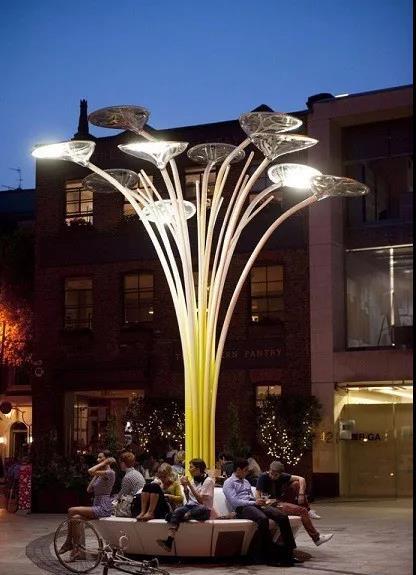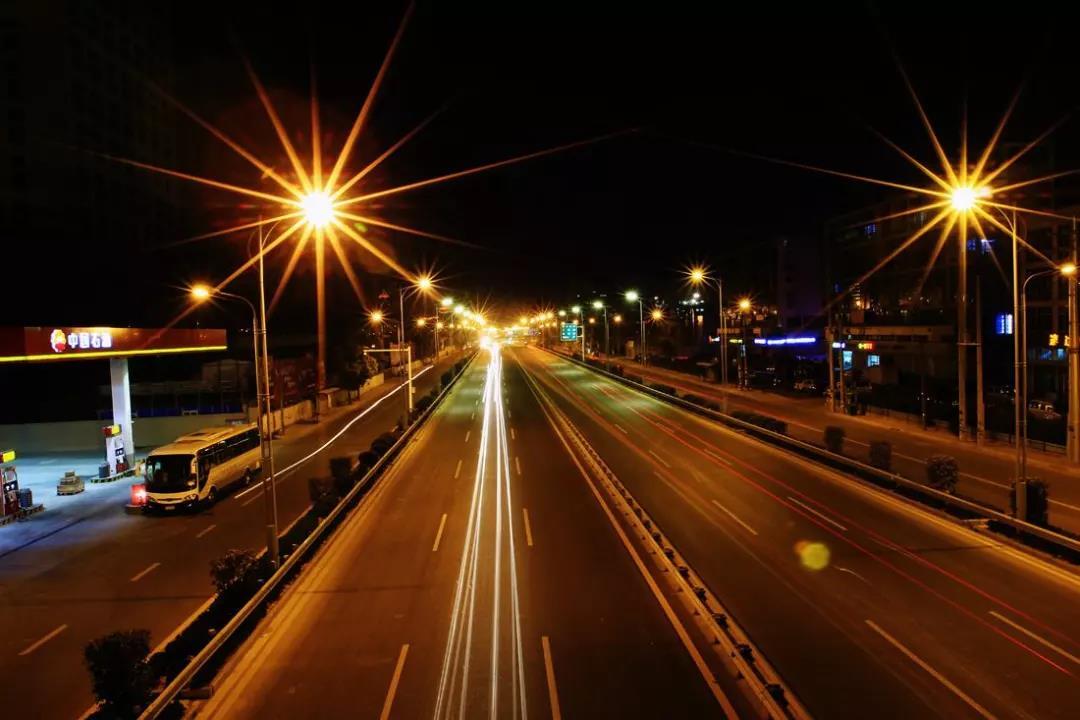Home & Garden
Selection and application requirements of landscape lights in different places
Selection and application requirements of landscape lights in different places
Landscape lights are an indispensable part of modern landscapes. They have a high degree of appreciation. They usually use different shapes, different light colors and brightness to create scenery. For example, the red lantern-shaped landscape lights bring a festive atmosphere to the square, and the green coconut tree lights stand by the pool to create a tropical atmosphere. Landscape lights are suitable for landscape places such as squares, residential areas, public green spaces, etc. They should not be overly mixed in use, so as not to overwhelm the guests and make the landscape appear cluttered and flashy.

There are many classifications of landscape lights, which can be roughly divided into street lights, foot lights, trail and garden lights, high pole lights, low (lawn) lights, projection lights (flood lights, small projection lights), street light pole decorative landscape lights, lights Sketch lights, downlights, underground lights, wall lights, underwater lights, recessed lights, fiber optic lighting systems, solar lamps, etc. There are many classifications of landscape lights, which can be roughly divided into street lights, foot lights, trail and garden lights, high pole lights, low (lawn) lights, projection lights (flood lights, small projection lights), street light pole decorative landscape lights, lights Sketch lights, downlights, underground lights, wall lights, underwater lights, recessed lights, fiber optic lighting systems, solar lamps, etc.

1. Path lighting
The path of the residential landscape generally includes the main road with a wide road and the branch trail with a narrow road. Main roads generally choose high pole lights or garden lights, and branch trails generally use small garden lights or lawn lights. It is best to choose energy-saving lamps as the light source, and the appearance of the lamps should be integrated with the environment. The installation height of the lamps should be coordinated with the distance between the lamps and the surrounding environment. The distance between high pole lights is generally 25m~30m, the distance between garden lights is generally 15m~20m, and the distance between lawn lights is generally 5m~10m, and the light distance at bends should be appropriately reduced. The illuminance is generally controlled at 10Lx~50Lx, and the illuminance uniformity is controlled at 1:10~1:15.



2. Central square lighting
The central square is generally the most important entertainment venue for the masses. It should be designed as a "key lighting" that is brighter than the surrounding area. Its brightness, lighting method, color rendering of the light source and the shape of the lamps and lanterns should reflect the functional requirements, decoration requirements and landscape of the square feature. Garden lights and underground lights are generally used more often, and the recommended illuminance is not less than 50Lx. In actual use, the damage of buried lights is the fastest and highest. Article 3.3.3 of "Code for Design of Urban Night Scene Lighting" stipulates that the protection level of the shell of buried lamps shall not be lower than IP67. However, most of the domestic IP67 products cannot meet the technical requirements of IP67. A large number of buried lights are damaged by water, or the translucent cover is full of water droplets, which makes the night view worse. Designers must choose products with quality that meet the technical requirements when choosing a brand of buried lights.


3. Swimming pool and waterscape lighting
At present, in the landscape of domestic high-end residential buildings, more and more swimming pools and waterscape designs are used to create a natural and beautiful living environment. There are two types of waterscapes, static type and flowing type. Static water areas generally use submerged floodlights, but pay attention to the installation angle to avoid glare; mobile waterscapes (such as waterfalls, fountains) generally install the lamps at the water drop, and the main beam is concentrated on the water column and the end of the spray. Water splash. When using color filters, the light source power should be correctly selected according to different transmittances. In order to consider personal safety, regardless of whether people are allowed to enter the water area, the isolated extra-low voltage of 12V and below should be used for power supply in zone 0, and the isolation voltage device should be outside of zone 0, 1, and 2, and in 0, 1, 2. Make local equipotential bonding in the area.




4. Lawn and plant lighting
Lawn and plants are the most widely distributed and largest elements in the landscape, and their lighting design plays a key role in the entire project. The most commonly used lawn lamp is the lawn lamp. To avoid glare, choose milky white or frosted glass cover lamps as much as possible.


For tall trees, the most commonly used method is upward lighting, that is, the lamps are installed on the ground or buried under the ground, and the light beam illuminates the densest part of the canopy vertically to express the three-dimensional sense of the tree. In addition, there are also situations where the lamps are installed on the tree trunks due to conditions. At this time, for the beauty of the day, the concealed beautification of the lead wires should be done.



Plant lighting also has such methods as downward lighting, contour lighting, and moonlight effect lighting.

3 users like this.
- Bathroom Vanity Lights
- Outdoor Lights
- Ceiling Lights
- Wall Lights
- Bedroom Reading Lamps
- All Categories
- Coupons

Your cart is currently empty.
 USD
USD
